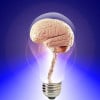Most Commonly Believed Myths
Here is a list of common misconceptions we have believed in:
The Forbidden Fruit:
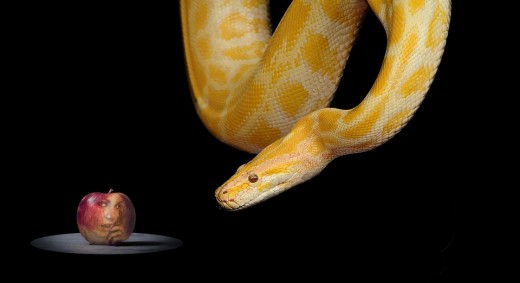
The Myth: The forbidden fruit which Adam and Eve were tricked into eating by the serpent in the garden of Eden was an 'Apple'.
Fact: There is no proof or reference to the forbidden fruit being an Apple. It is only mentioned as 'the fruit from the tree in the middle of the garden' in the Bible. There were also no Apple trees in the Middle East during that period which makes it highly unlikely to be an Apple. The fruit was more likely a Fig as they were more common.
Left and Right Brain:
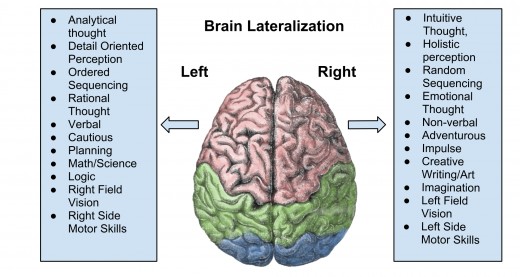
The Myth: Each person has a dominant section of the brain. If he is a right- brain person he would be more creative and artistic whereas if he is a left-brain person he would be more of a problem solver and a logical thinker.
Fact: Although this was initially thought of based on genuine science, it is now believed that this might not be true. Recent brain scan technology has revealed that both sections of the brain are interdependent and if one section suffers an injury then the other can take over without the loss of any ability to the person.
Cracking Knuckles:
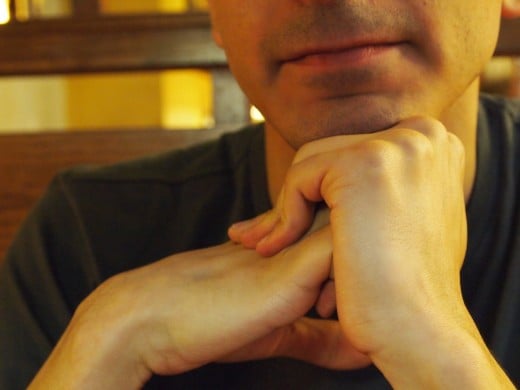
The Myth: Knuckle cracking is very harmful causing Arthritis and other joint problems.
Fact: Several studies have concluded that Knuckle Cracking has no effect on arthritis. The popping sound is caused by the collapse of air bubbles that form inside the synovial fluid which surround your joints and as they escape they create a popping sound. Although it has no link to arthritis, it doesn't make it any less annoying to the observer.
The Earth's Orbit:
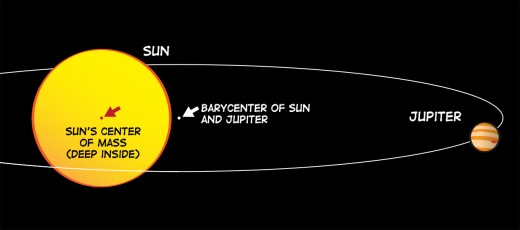
The Myth: The Earth revolves around the Sun with the sun as it's center of orbit.
Fact: The Earth and all other planets revolve around the 'barycenter' of our solar system. In fact, even the Sun itself revolves around this barycenter. The barycenter is the common center of mass of the entire solar system. It sometimes lies within the sun close to its center and even sometimes outside the sun based on the position of planets. This makes even the stars like the sun wobble.
A Coin Flip:
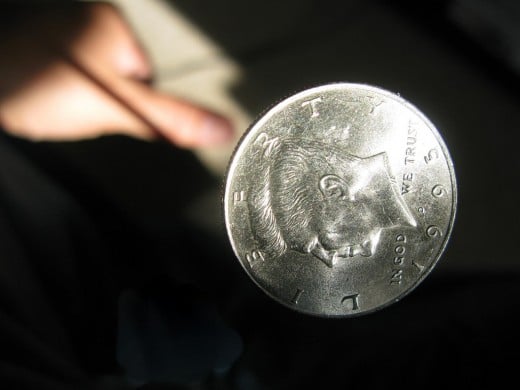
The Myth: A flip of a coin always gives a 50-50 chance of getting either heads or tails as a result.
Fact: Interestingly there is a bias to the common coin flip. There is a slightly greater chance for the coin to land on the side that was facing up during the toss. This might be a 51-49 percent chance or even more. If a coin in spun on the ground it is slightly more likely to fall with the heavier side facing down as well.
Napoleon Bonaparte:

The Myth: Napoleon was a man of very small stature.
Fact: During the time of his death, Napoleon was 5 feet 6.5 inches (169 centimeters) in height. He was by no means short and this was an average height for French men during that period. Napoleon always surrounded himself with his generals who were tall men which may have made him look shorter. British propaganda also spread the illusion of Napoleon being a small man to ridicule him.
Goldfish Memory:
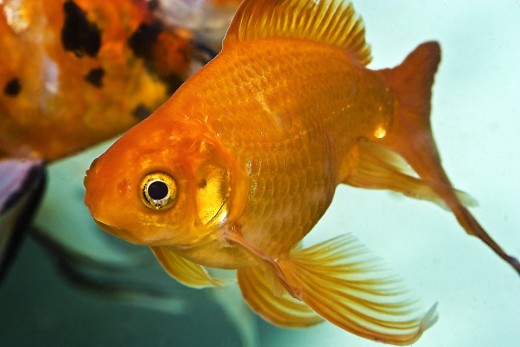
The Myth: Goldfish have a memory span of just 3 seconds.
Fact: There have been many studies conducted to find out the memory span of fish. Fish trained to react to certain sounds in the wild continue to react to it even after months of captivity. It is speculated that Goldfish have a memory span of about five months.
Taste Buds:
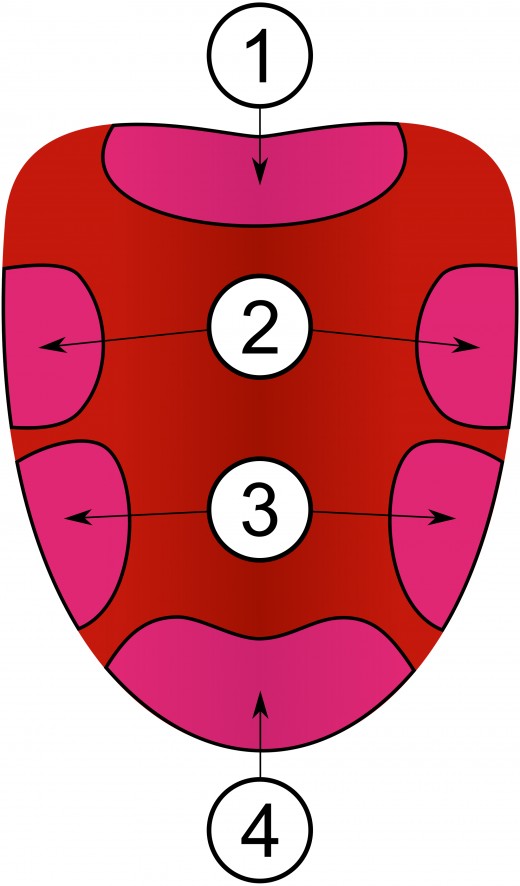
The Myth: Each section of the tongue is exclusively responsible for a specific taste.
Fact: The tongue map or taste map was believed to differentiate the different sections of the tongue used to identify a specific taste. This is one myth which you can prove wrong yourself. It's quite straightforward as we ourselves can taste with any part of our tongue so scientists didn't even bother to disprove it.
The Light Bulb:
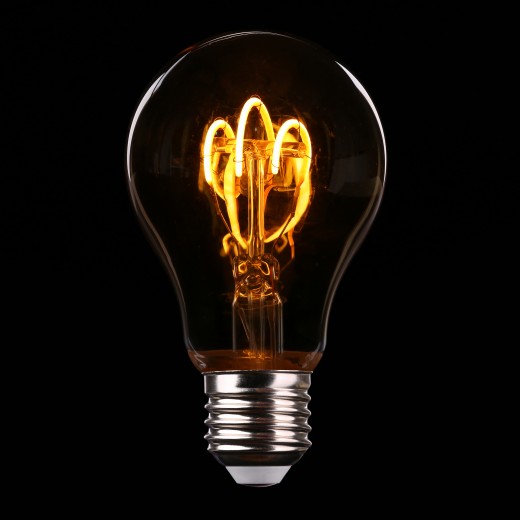
The Myth: Thomas Edison was the person who invented the light bulb.
Fact: Nope. It was Humphrey Davy and Joseph Swan who invented the first working set of light bulbs before Edison. However, it was Edison who developed the first light bulb which was affordable and practical for home illumination.
Human Brain Usage:
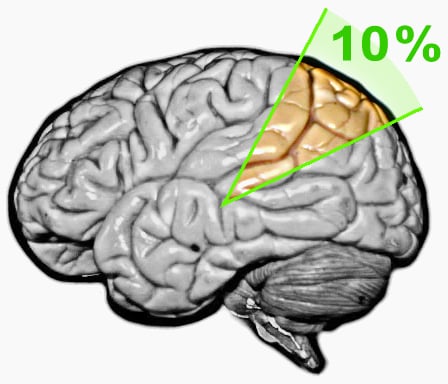
The Myth: Humans use only 10% of their brain.
Fact: It was believed that humans currently use only 10% of their brain and by harnessing the power of the whole brain they could improve their intelligence. However, recent brain scans have proven that we use the whole section of the brain for performing an activity and not just 10%. It would also be very inefficient in an evolutionary point of view to have a large brain which is mostly unused.
A Penny Drop from the Empire State Building:

The Myth: If a penny is dropped from the top of the Empire State Building, it could kill a person or crack the sidewalk.
Fact: A penny is not aerodynamic and cannot cut through the air easily. So it falls a lot slower and reaches a terminal velocity of about 60 miles/hr. Since the mass of a penny is also less this would hurt you but not cause any serious damage.
Lightning Strikes:

The Myth: Lightning does not strike twice at the same location.
Fact: Lightning can strike the same spot again and again within a short interval of time or it may even take years to strike but eventually it will hit the same spot again. It all depends on the build-up of charge on the surface that. Skyscrapers get hit by lightning hundreds of times over a year.
Cure for Jellyfish Sting:
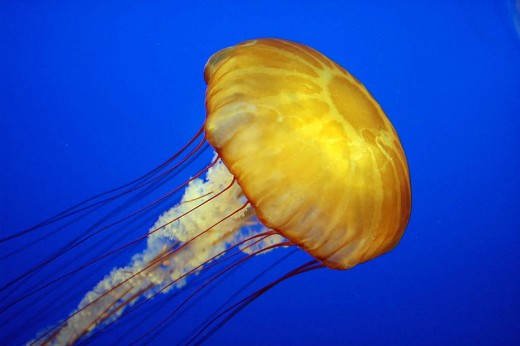
The Myth: Urine helps reduce the pain of a Jellyfish sting.
Fact: The first thing that comes to mind is the 'Friends' series episode where Chandler pees on Monica to ease her pain after she is stung by a jellyfish. The idea behind this is that the acidic pH of urine will help break down the toxins and hence ease the pain. However, urine is not always acidic and it is absolutely useless. Vinegar or baking soda would be a better option to ease the pain.
Color of Veins:
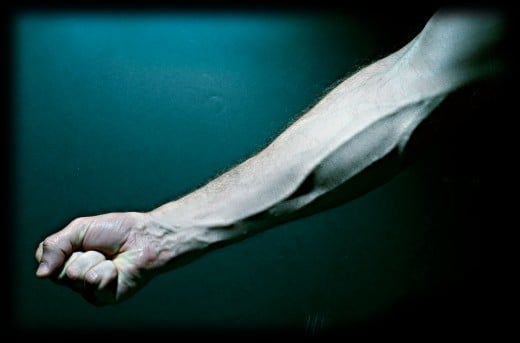
The Myth: The blood carried in your veins is blue in color.
Fact: Blood is always red in color. The blood containing oxygen is carried by the arteries and is bright red in color. The veins carry the oxygen exhausted blood and are dark red. Blue and Red light penetrate the skin with different degree of success based on their wavelengths and the dark red color is dispersed and we can only see the blue color of our veins.
Houseflies:
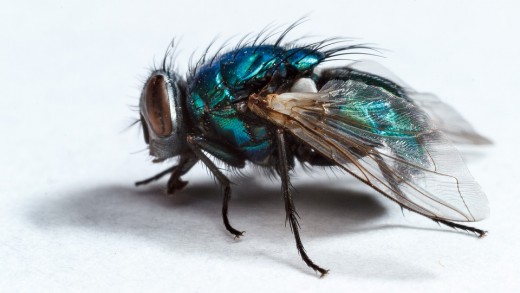
The Myth: A housefly has a lifespan of just one day.
Fact: Houseflies have a lifespan of between 20 to 30 days and lead a fulfilling life. That is if they don't get swatted by you and die peacefully of old age. Some species may even live up to two months.
Nothing is Immortal:
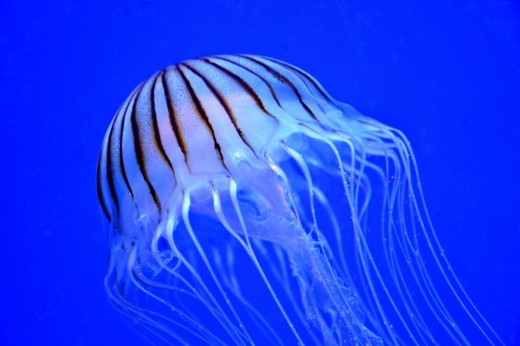
The Myth: No living creature is immortal and dies eventually.
Fact: Surprisingly no! Meet 'Turritopsis Dohrnii', a type of jellyfish which is immortal. Instead of dying after getting old, the jellyfish reverts back to its juvenile state and sinks to the bottom of the sea. Then it begins its life cycle from the start!
Washington's Teeth:
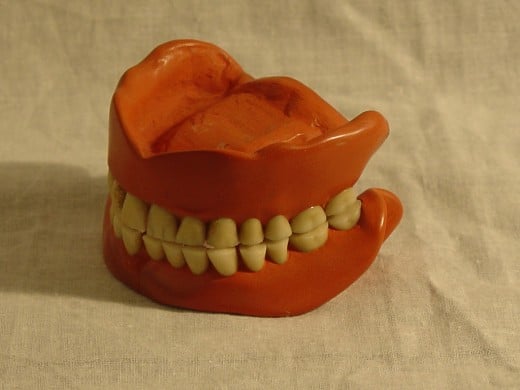
The Myth: Geroge Washington had dentures made of wood.
Fact: None of Washington's dentures had any wood filling in them. They were instead made of materials like human, horse or cow teeth, ivory, copper and silver alloy.
Chubby Buddha:
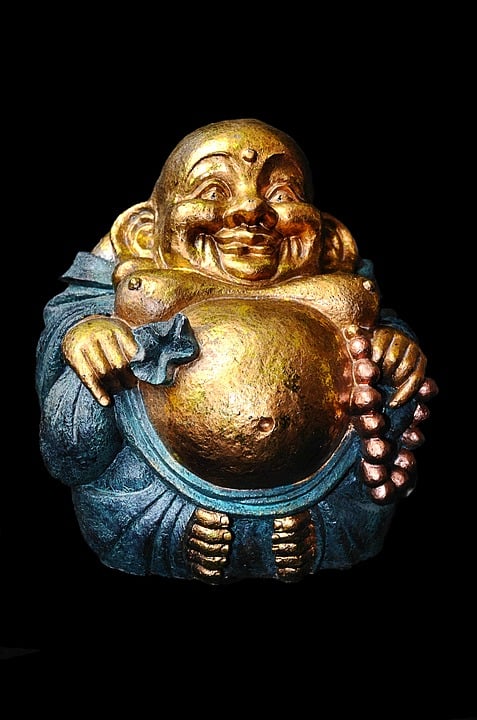
The Myth: Buddha is a very fat and chubby person.
Fact: Gautama Buddha was historically not an obese person. The images and statues we see of Buddha now are actually based on the folklore character Budai. He is supposed to be the incarnation of the future Buddha. He is depicted as a fat, bald man wearing robes.
Hair Growth After Death:

The Myth: The hair and fingernails of a person continue to grow long after death.
Fact: Nerve cells die minutes after death. The skin cells, however, last for about 12 hours. So it really doesn't take much for all cells to die. The reason many people have this misconception is that after death, the skin retracts as it dries making hair and fingernails appear a bit longer.
Blowing on Video Game Cassettes:

The Myth: If there is any problem with video games, blowing on the cassettes will help solve the issue.
Fact: The video games sometimes does not work due to some dust present in the cartridges or corrosion that causes a connectivity issue. However, blowing on the cartridges does not help solve the issue and randomly reconnecting the cassettes several times without blowing would have solved the issue in itself. Blowing can even cause harm as the moisture in our breath can affect the cassettes further. In some consoles, they have put the warning outright on each game, "DO NOT BLOW ON THE EDGE CONNECTOR".
© 2018 Random Thoughts
